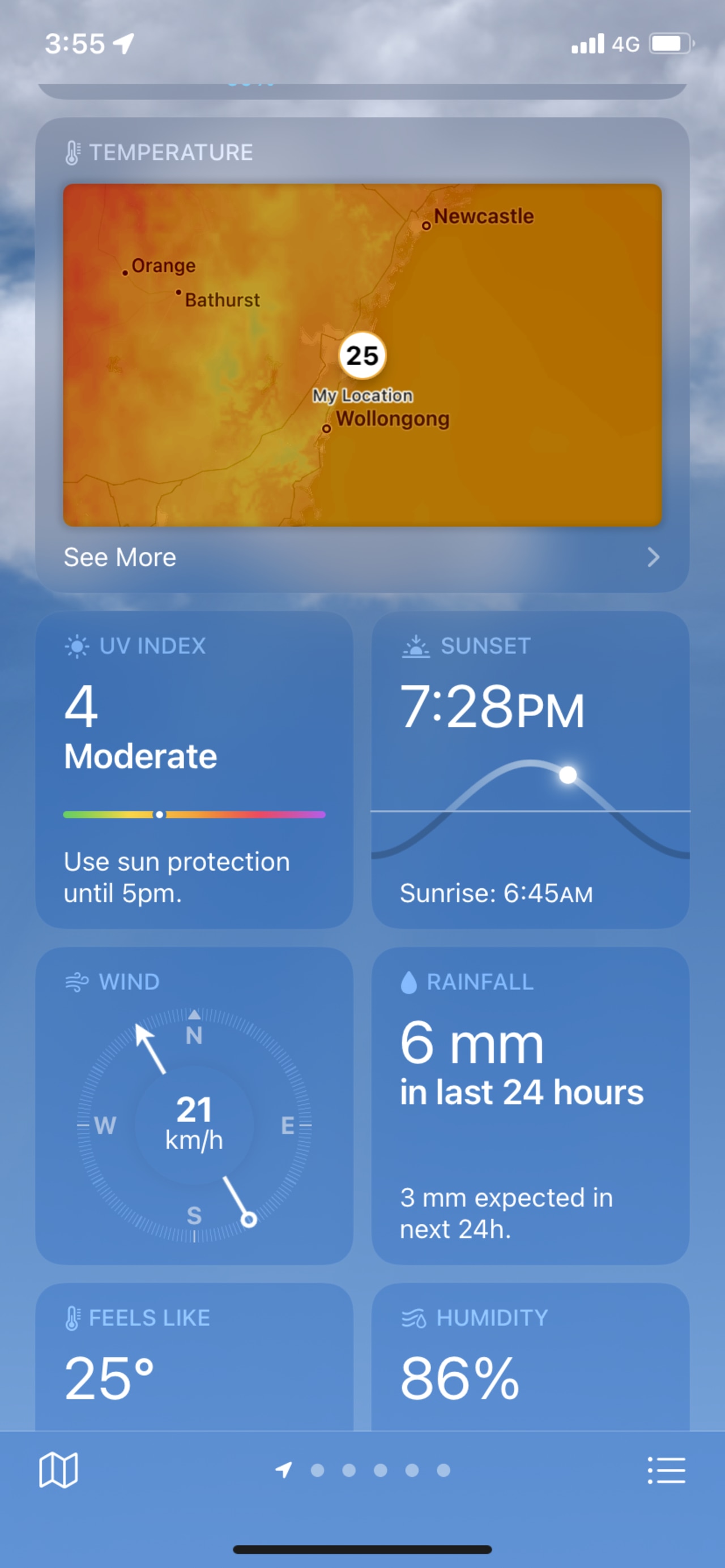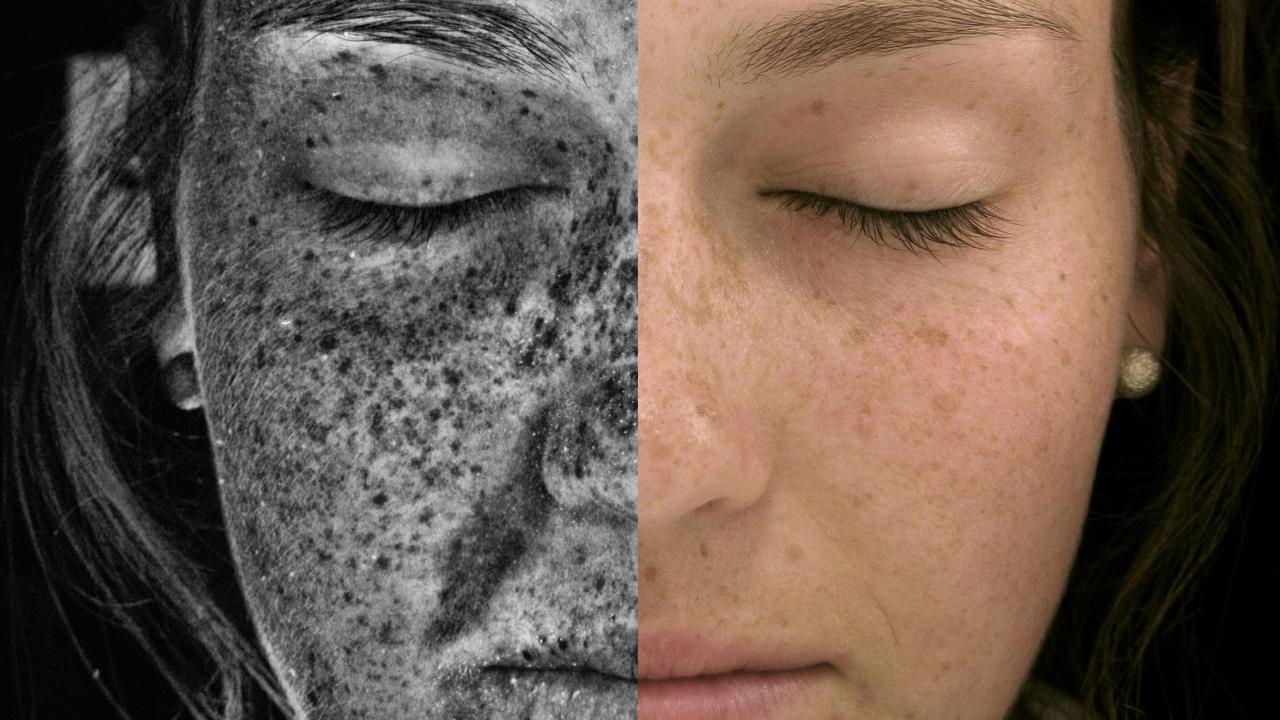Life-saving detail hidden in popular iPhone app
Many Australians are unaware of a service that could potentially save their lives, and it’s available through an app they probably already use.
It’s obvious we need to protect ourselves from the sun on a hot summer’s day but many Aussies don’t realise the risk they’re taking on overcast days — when high UV levels can still cause damage to our skin and eyes.
It’s not possible to know how high ultraviolet radiation (UV) is just by looking outside or judging whether it is hot or not.
But people can check UV levels on most weather services including the Bureau of Meteorology app and on the iPhone weather app, as well as Cancer Council’s Sunsmart app or at myuv.com.au.
Awareness of the dangers of exposure to UV is growing with the World Health Organisation (WHO) warning it could be linked to skin cancer and eye damage.
It’s particularly dangerous because UV is also an invisible threat. Levels can be high even on overcast days.
“UV and heat are not necessarily related … but people only think they need sun protection when it’s hot,” Cancer Council National Skin Cancer Committee chair Heather Walker told news.com.au. “You can’t feel it; you need to check the UV level.”
Cancer Council’s updated slogan, Slip, Slop, Slap, Seek and Slide, is aimed at protecting people from the unseen impacts of UV exposure.
Ms Walker said it was important to “Seek” shade and “Slide” on some sunglasses, to protect eyes from overexposure to UV radiation, which the World Health Organisation estimates causes up to 20 per cent of cataracts, and can also cause macular degeneration.

Prolonged UV exposure is also thought to be linked to pterygium, a growth on the surface of the eye which is a common cosmetic blemish that can reduce vision, as well as cancer of the eye and inflammation of the cornea.
Ms Walker said Cancer Council recommended people check UV levels before going out and to use the full combination of Slip, Slop, Slap, Seek and Slide measures during times when UV levels were 3 or higher. A UV level of 11 or higher is considered extreme.
Sitting near water or even concrete, which is more reflective than grass, could expose you to UV even if you feel like you are covered.
A YouGov survey of 1010 people conducted in January this year found only 14 per cent of Australians knew the UV level at which sun protection is recommended by Cancer Council (UV 3 or higher).
Around 39 per cent were unaware of any recommended UV level for sun protection.
Ages the skin and causes cancer
Ms Walker said people who work outside should implement all five measures regardless of the UV level as they are exposed to much more UV throughout their working day.
The WHO has noted research showing certain skin cancers are found more frequently among outdoor workers than indoor workers, which “suggests that the accumulated lifetime exposure to UV radiation plays a major role in the development of non-melanoma skin cancers”.
Sun exposure can also promote the ageing of skin, causing it to lose its elasticity and result in wrinkles, sags and bags.
“A phenomenon often seen in elderly people is the localised over-production of melanin resulting in dark patches or liver spots,” the WHO reports.
“Furthermore, the sun’s rays dry out your skin making it coarse and leathery.”





